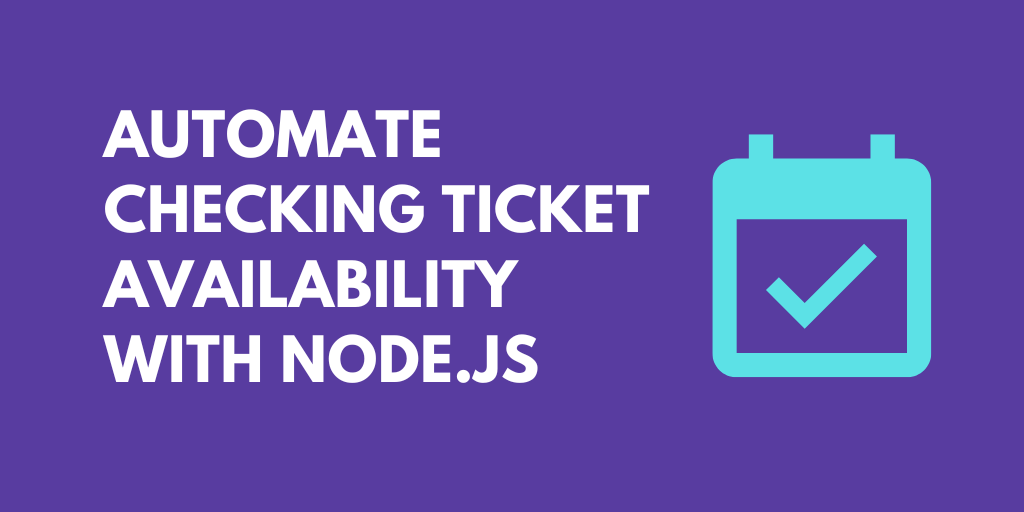What do you want to automate
with Neon Postgres and Node?
Prompt, edit and deploy AI agents that connect to Neon Postgres, Node and 3,000+ other apps in seconds.
Trusted by 1,000,000+ developers from startups to Fortune 500 companies
Popular Neon Postgres and Node Triggers#
Emit new event when a new column is added to a table. See the documentation
Emit new event when a row is added or modified. See the documentation
Emit new event when a new row is added to a table. See the documentation
Emit new event when new rows are returned from a custom query that you provide. See the documentation
Emit new event when a new table is added to the database. See the documentation
Popular Neon Postgres and Node Actions#
Write custom Node.js code and use any of the 400k+ npm packages available. Refer to the Pipedream Node docs to learn more.
Finds a row in a table via a lookup column. See the documentation
Finds a row in a table via a custom query. See the documentation
Connect Neon Postgres#
import { axios } from "@pipedream/platform";
import { neon } from "@neondatabase/serverless";
export default defineComponent({
props: {
neon_postgres: {
type: "app",
app: "neon_postgres",
}
},
async run({ steps, $ }) {
const { host, port, user, password, database } = this.neon_postgres.$auth
const connectionString = `postgresql://${user}:${password}@${host}:${port}/${database}`
const sql = neon(connectionString)
const result = await sql`SELECT version()`
const { version } = result[0]
return version
},
})
Overview of Node#
Develop, run and deploy your Node.js code in Pipedream workflows, using it between no-code steps, with connected accounts, or integrate Data Stores and File Stores
This includes installing NPM packages, within your code without having to manage a package.json file or running npm install.
Below is an example of installing the axios package in a Pipedream Node.js code step. Pipedream imports the axios package, performs the API request, and shares the response with subsequent workflow steps:
Connect Node#
// To use previous step data, pass the `steps` object to the run() function
export default defineComponent({
async run({ steps, $ }) {
// Return data to use it in future steps
return steps.trigger.event
},
})Community Posts#
